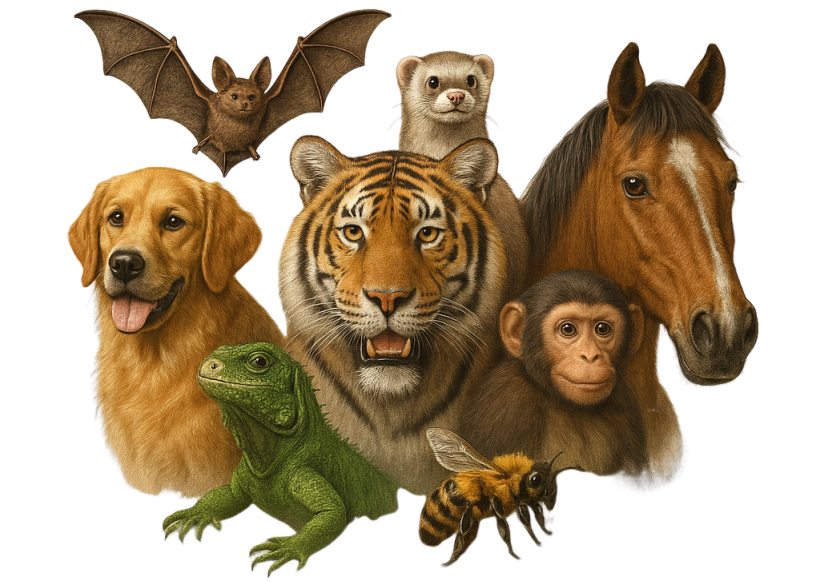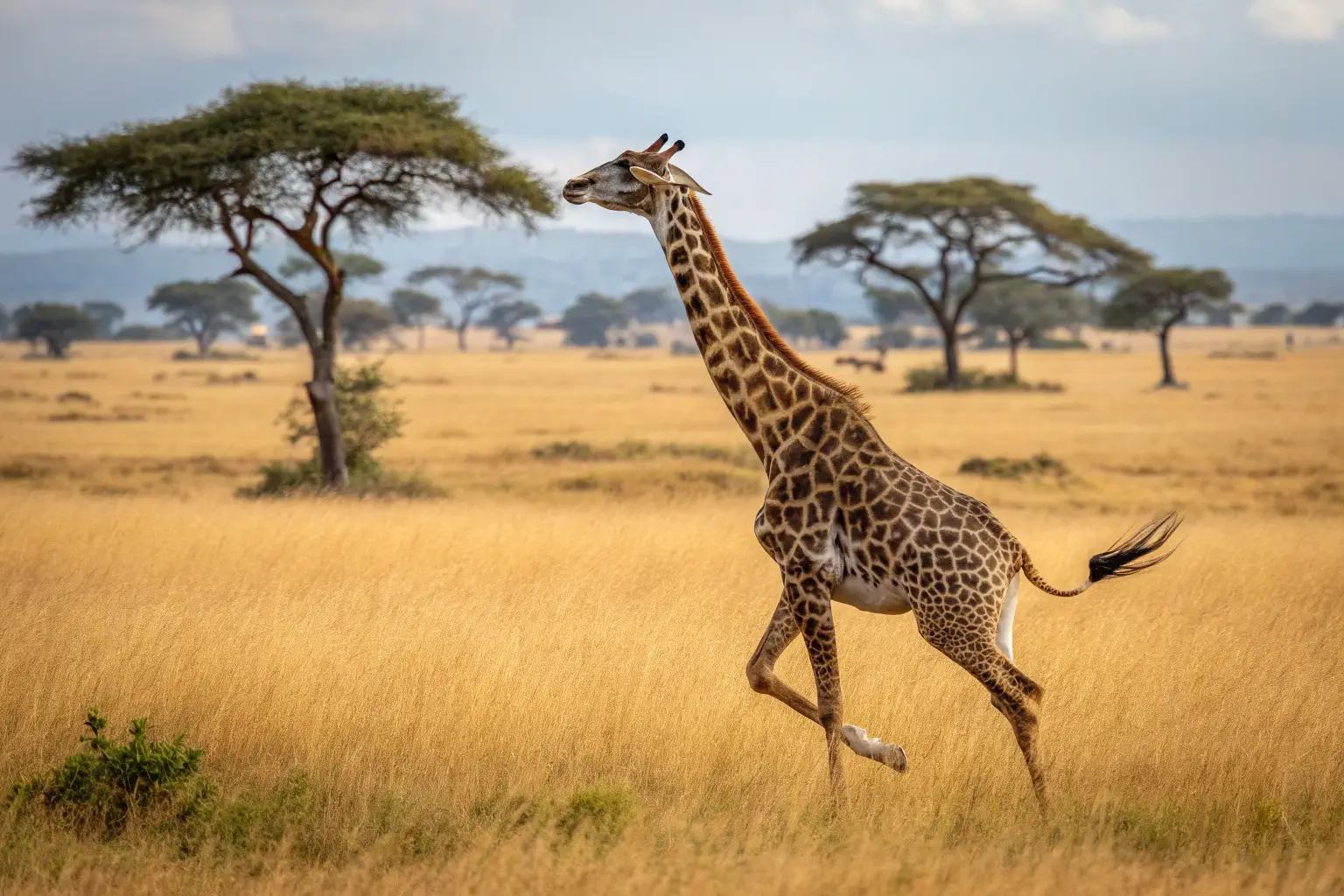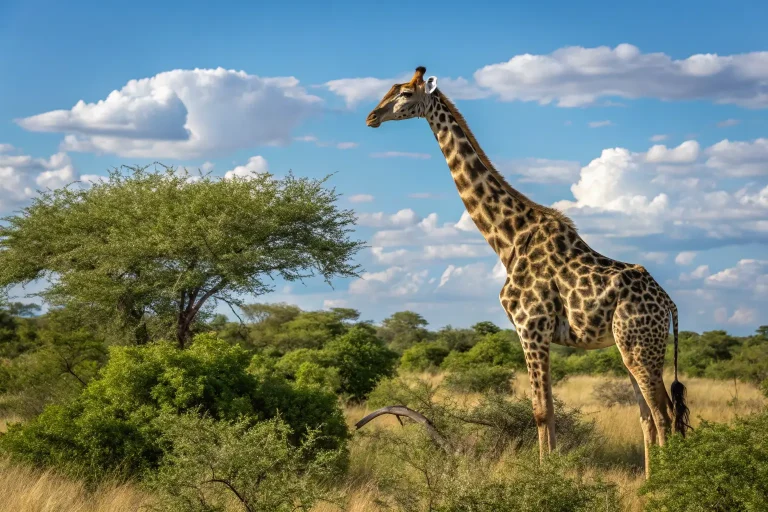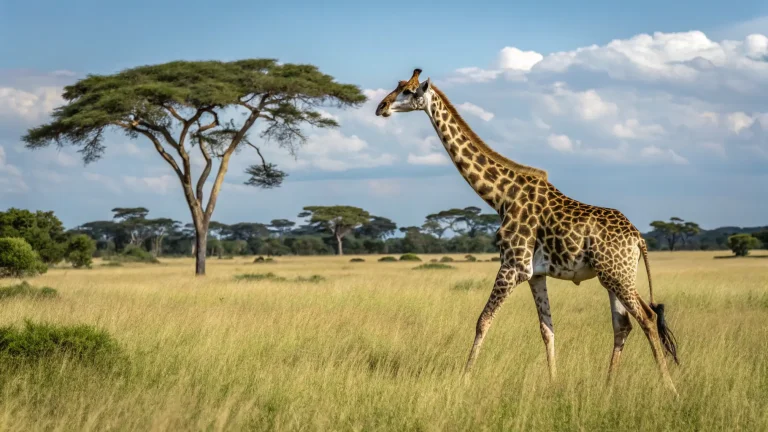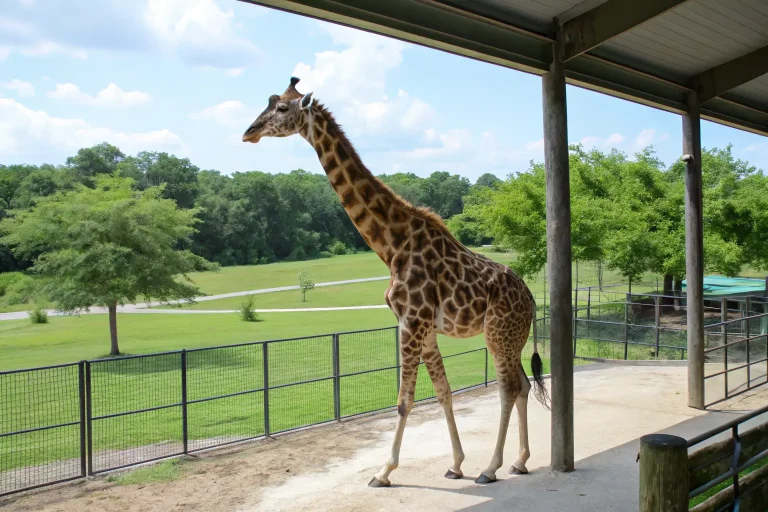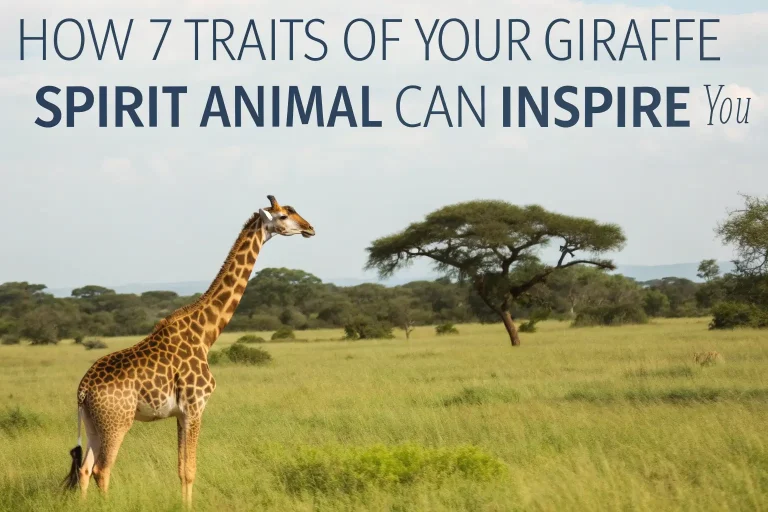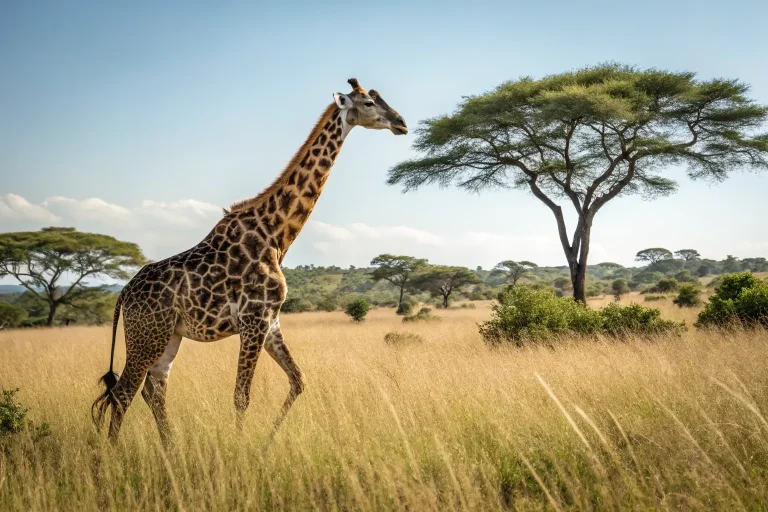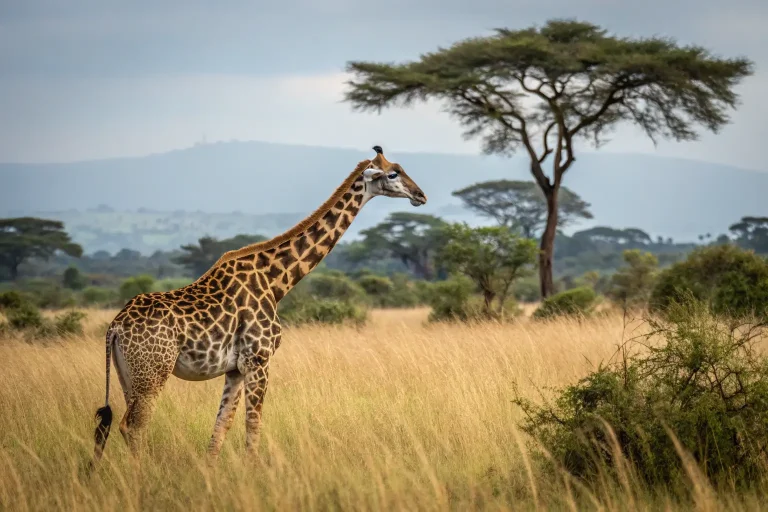Giraffe Balloon Animal Twist: 7 Tips to Impress at Your Next Party!
Want to be the life of the party? Master the art of the giraffe balloon animal with our top 7 tips. Elevate your twisting skills and charm guests. Discover how!
Introduction
The giraffe balloon animal stands tall as one of the most impressive creations in a balloon twister’s repertoire. With its long neck, distinctive spots, and charming appearance, mastering the giraffe balloon animal can instantly elevate your status from casual hobbyist to party entertainment hero. Whether you’re looking to entertain at children’s birthday parties, community events, or just want to impress friends and family, this iconic balloon creation combines visual impact with moderate technical difficulty—making it the perfect showpiece to learn.
Did you know that professional balloon artists can create a basic giraffe balloon animal in under 30 seconds? Don’t worry if that sounds intimidating—by the end of this guide, you’ll have all the techniques needed to craft your own magnificent giraffe balloon animal at a comfortable pace that works for you!
Understanding Balloon Basics
Balloon Selection
Before twisting your first giraffe balloon animal, choosing the right materials is crucial:
- Balloon type: 260Q balloons (2 inches wide, 60 inches long) are standard for animal sculptures
- Color choices: Traditional giraffes use yellow or tan as a base with brown spots added later
- Quality matters: Qualatex or Betallatex brands offer better stretch and durability
- Inflation level: Leave about 4 inches uninflated at the tip for optimal flexibility
The quality of your balloon directly impacts your twisting experience. Professional twisters often say, “Your creation is only as good as the balloon you start with.”
Essential Tools
While balloon twisting requires minimal equipment, having these tools handy will make your giraffe balloon animal journey smoother:
- A reliable balloon pump (hand or electric)
- A marker for adding details (optional)
- Balloon sizing card (helpful for beginners)
- Non-latex gloves if you have sensitive skin
The Perfect Giraffe Structure
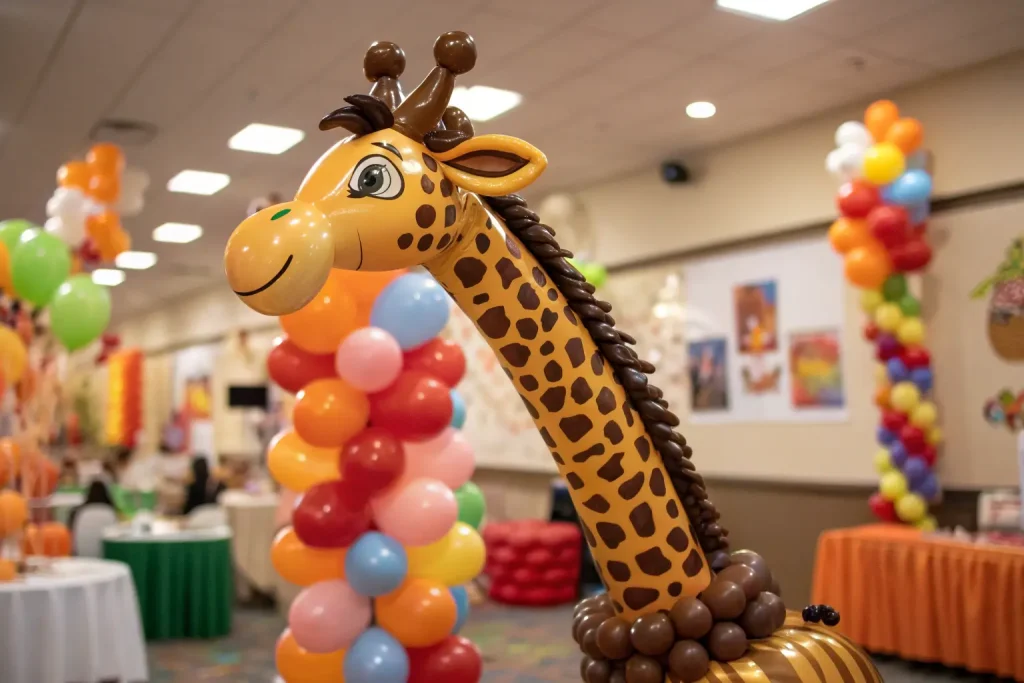
Basic Anatomy of a Giraffe Balloon Animal
Understanding the structure before you begin twisting helps visualize the end result:
- Head: Usually a small bubble at one end
- Neck: The defining feature—a long segment that gives the giraffe its characteristic look
- Body: Typically 2-3 medium-sized bubbles
- Legs: Four legs made from two sets of twisted bubbles
- Tail: A small twist at the end (optional)
This framework will guide your twisting process, ensuring your giraffe balloon animal maintains proper proportions and stability.
7 Expert Tips for Giraffe Balloon Animal Success
Tip 1: Master the Perfect Inflation
The secret to a successful giraffe balloon animal begins with proper inflation. Inflate your 260Q balloon leaving approximately 4 inches uninflated at the tip. This uninflated portion provides necessary flexibility for complex twists and prevents unexpected pops.
“Under-inflation is better than over-inflation,” notes professional balloon artist Michael Decker. “You can always squeeze air forward in the balloon, but you can’t take it out once you’ve started twisting.”
For giraffes specifically, the balloon should feel firm but still have some give when squeezed—about 80% of maximum capacity is ideal.
Tip 2: Create the Distinctive Long Neck
The neck is the defining feature of any giraffe balloon animal. To create a proper giraffe neck:
- Start with a small bubble (about 1.5 inches) for the head
- Twist to secure
- Measure approximately 8-10 inches for the neck segment
- Hold firmly but gently to prevent unwanted bends
Pro tip: Place your thumb and forefinger at each end of where you want the twist, then bring your hands together while supporting the rest of the balloon. This technique, called “bubble isolation,” ensures clean, precise twists for your giraffe balloon animal.
Tip 3: Balance Body Proportions
Creating a well-proportioned giraffe balloon animal requires attention to size relationships:
- Make the body approximately half the length of the neck
- Create three equal-sized bubbles (about 2 inches each) for the body
- Twist these bubbles together in a row
- Press the bubbles gently against each other to create a compact body
This balanced approach prevents your giraffe from looking front-heavy or unstable. Remember, in balloon art, proportion is what separates amateur creations from professional-looking sculptures.
Tip 4: Craft Stable, Even Legs
The legs of your giraffe balloon animal provide structural support and balance. Follow these steps for even, sturdy legs:
- After creating the body, measure twice the desired leg length
- Twist this segment in the middle to create two equal bubbles
- Fold these bubbles parallel to each other
- Secure with a lock twist at the body
- Repeat for the second set of legs
“The most common mistake I see with giraffe balloon animals is uneven legs making the whole sculpture wobble,” says balloon artist Sarah Williams. “Take your time measuring before twisting—it makes all the difference.”
Tip 5: Add Personality with Ears and Facial Features
Transform your basic giraffe balloon animal into a character with these personalization techniques:
- Ears: Create two small pinch twists at the sides of the head
- Eyes: Use a non-toxic marker to draw simple eyes, or attach small white round stickers
- Spots: Add traditional giraffe markings with brown marker dots
- Optional ossicones: Create tiny pinch twists on top of the head to represent the hornlike structures real giraffes have
These details only take seconds to add but dramatically increase the recognizability and charm of your giraffe balloon animal.
Tip 6: Incorporate Advanced Techniques
Once you’ve mastered the basic giraffe balloon animal, elevate your creation with these advanced techniques:
- Two-balloon method: Use a second balloon to add contrasting spots or a different-colored neck
- Bird body wrap: Create a more three-dimensional body by wrapping additional balloon segments
- Tulip twist head: Form a more realistic head shape using the tulip twist technique
- Proportional sizing: Adjust the size of your giraffe by manipulating bubble lengths while maintaining correct ratios
Professional balloon artist Jason Dillard explains: “Advanced techniques aren’t about complexity—they’re about refinement. A simple giraffe with perfect proportions will always impress more than a complex design with poor execution.”
Tip 7: Practice Showmanship and Presentation
The final tip transcends technique—it’s about presentation. How you create your giraffe balloon animal is almost as important as the finished product:
- Maintain eye contact and engage with your audience while twisting
- Narrate what you’re doing: “Now I’m creating the giraffe’s long neck…”
- Add a storyline: “This giraffe is looking for leaves on the tallest trees…”
- Present the finished giraffe balloon animal with flourish
“People remember the experience more than the balloon,” says veteran entertainer Rosa Martínez. “A simple giraffe presented with confidence and personality will delight more than a complex creation made with a furrowed brow.”
Troubleshooting Common Giraffe Balloon Animal Problems
Preventing and Managing Pops
Nothing deflates enthusiasm (literally) like a popped balloon mid-creation. Minimize pops in your giraffe balloon animal:
- Roll the balloon between your hands before inflation to warm and stretch the latex
- Check for irregular thin spots before beginning
- Keep fingernails trimmed and remove jewelry
- Twist gently but firmly; aggressive twisting causes stress points
If a pop occurs, take it in stride—even professionals experience occasional pops. Having a replacement balloon ready shows preparedness.
Fixing Uneven Legs
If your giraffe balloon animal refuses to stand properly:
- Gently adjust leg length by squeezing air forward or backward
- Create a small “foot” bubble at the end of each leg for better stability
- For significant differences, untwist and re-twist the problematic leg set
Dealing with Air Loss
Sometimes air slowly escapes during complex twisting. To manage this:
- Initially over-inflate slightly to compensate
- Work quickly, especially on the defining neck section
- Squeeze air forward as needed to maintain proper fullness
- Complete critical structural twists before detail work
Beyond the Basic Giraffe Balloon Animal
Variations and Customizations
Once you’ve mastered the standard giraffe balloon animal, experiment with these creative variations:
- Baby giraffe: Create a smaller version with proportionally shorter neck
- Giraffe family: Make multiple sizes to create a charming grouping
- Sitting giraffe: Modify the leg structure to create a seated position
- Giraffe with bending neck: Add extra segments to allow the neck to curve naturally
Incorporating Your Giraffe into Balloon Scenes
Take your giraffe balloon animal to the next level by creating contextual scenes:
- Add balloon trees for a savanna setting
- Create companion animals like lions or zebras
- Build a balloon zoo keeper or safari vehicle
- Construct a simple fence or enclosure
These expanded creations are perfect for themed parties or events where you want to create a memorable balloon display centered around your giraffe balloon animal.
Conservation Connection
While entertaining with your giraffe balloon animal, consider sharing fascinating facts about real giraffes:
- Wild giraffe populations have declined by almost 30% in the last three decades
- Giraffes are currently listed as “Vulnerable” on the conservation status list
- There are four distinct giraffe species, not just subspecies as previously thought
- Conservation efforts focus on habitat protection and anti-poaching initiatives
This educational component adds depth to your balloon art, especially at school events or educational functions.
Conclusion
Mastering the giraffe balloon animal is a rewarding skill that combines artistry, technical ability, and showmanship. By following these seven expert tips—perfecting inflation, creating a distinctive neck, balancing proportions, crafting stable legs, adding personality features, incorporating advanced techniques, and presenting with confidence—you’ll transform from nervous novice to confident creator.
Remember that balloon twisting, like any art form, improves with practice. Each giraffe balloon animal you create will be better than the last. Start with the basic structure, then gradually incorporate more elaborate techniques as your confidence grows.
The next time you’re at a gathering, don’t hesitate to pull out your balloons and announce, “Who wants to see a giraffe?” The smiles that follow will be worth every twist, turn, and pop along your learning journey.
Frequently Asked Questions
How long does it take to make a giraffe balloon animal?
For beginners, expect to spend 5-10 minutes creating your first giraffe balloon animal. With practice, most hobbyists can complete one in 2-3 minutes. Professional balloon artists often create them in under a minute! The key is consistent practice—even just 15 minutes a day will dramatically improve your speed and quality.
What if my balloon keeps popping when I try to twist it?
Frequent popping usually indicates either over-inflation or too-aggressive twisting. Try inflating your balloon to about 80% capacity instead of maximum fullness. Also, ensure you’re twisting with firm but gentle pressure, supporting both sides of each twist. Warming the balloon by rubbing it between your hands before inflation can also increase elasticity.
Can children learn to make giraffe balloon animals?
Absolutely! Children as young as 8-10 can learn basic balloon twisting with adult supervision. The giraffe balloon animal might be challenging as a first project, so consider starting with simpler designs like dogs or swords. Once they’ve mastered basic twists, the giraffe is an excellent next step that teaches sequential skills and patience.
What’s the best way to transport finished giraffe balloon animals?
For short-term transport, large plastic bags work well. For professionals carrying multiple creations, specialized balloon bags with compartments are available. Remember that latex balloons are affected by temperature—extreme heat or cold can cause premature deflation or popping. When possible, create your giraffe balloon animals on-site rather than transporting them.
How long will my giraffe balloon animal last?
Under normal indoor conditions, expect your giraffe balloon animal to remain looking good for 3-5 days. Factors affecting longevity include air quality, handling, exposure to sunlight, and initial balloon quality. To maximize display time, keep your creation away from heat sources, sharp objects, and excessive handling.
Are balloon animals environmentally friendly?
Standard latex balloons are biodegradable, breaking down at approximately the same rate as an oak leaf. However, for more eco-friendly options, look for balloons advertised as “100% natural latex” without synthetic additives. Never release balloon animals outdoors, and dispose of them properly when they deflate. Some professional twisters now offer biodegradable balloon options for environmentally conscious clients.
Can I make a giraffe balloon animal without a pump?
While technically possible, inflating 260Q balloons by mouth is extremely difficult and not recommended. The pressure required can cause lightheadedness, and mouth bacteria transferred to the balloon can accelerate decomposition. Inexpensive hand pumps are readily available and make the process much easier and more hygienic.
